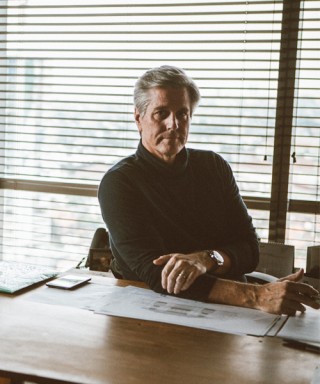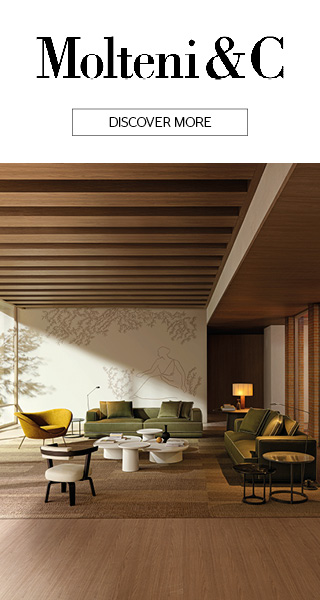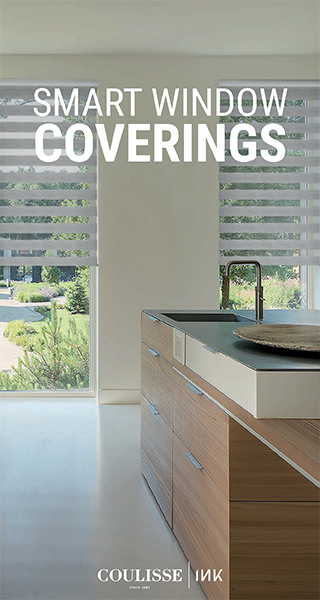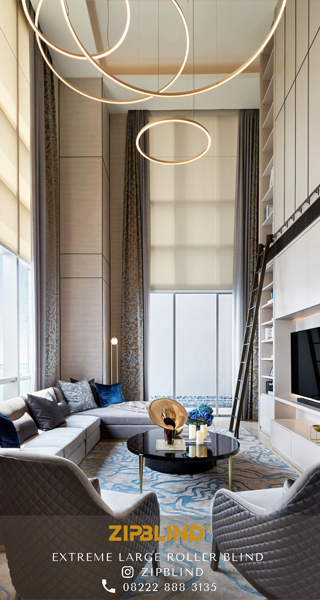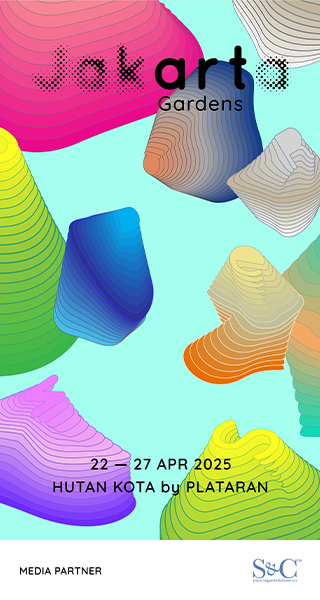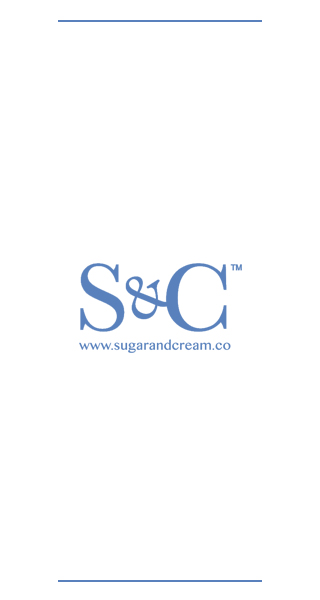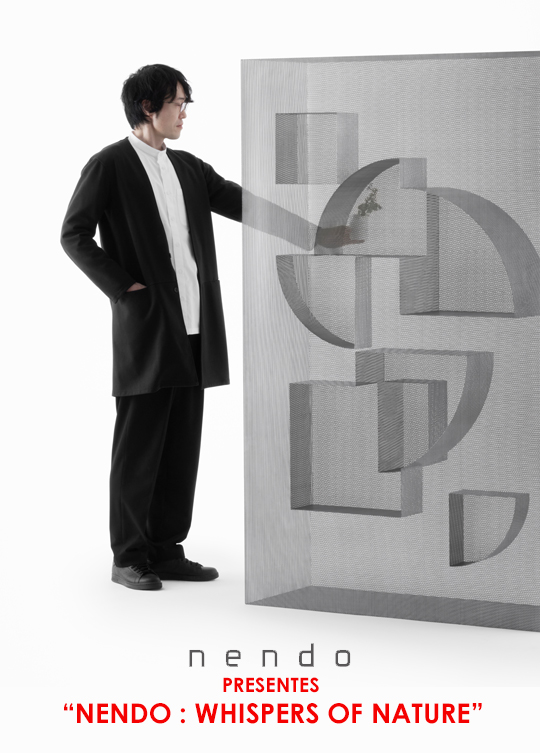
NENDO PRESENTS “NENDO : WHISPERS OF NATURE”
Published by Sugar & Cream, Monday 25 March 2024
Images courtesy of Nendo
April 16-21, 2024 at Paola Lenti Milano (Via Giovanni Bovio 28, Milan)
This year, nendo will host a solo exhibition at Milan Design Week 2024, marking its 20th year of participation. The venue for the show “nendo : whispers of nature” will be a complex facility transformed by Paola Lenti, into a bioecological architectural site with various functions such as an office, showroom, gallery space, and a restaurant, all arranged around a large central courtyard. The exhibition will take place in a small abandoned building within the site, slated for conversion into a boutique hotel in 2026.
Exploring the ambiguity of clouds, the interplay between light and shadow, the passage of time experienced underground or amidst a passing rain, and plants immersed in water…
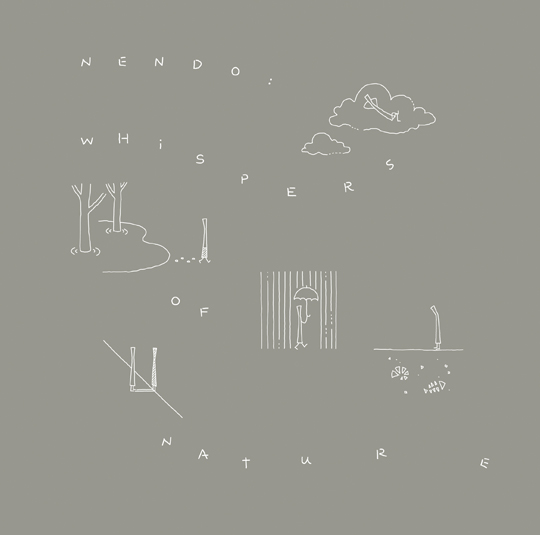
Whispers of nature
This solo exhibition will feature five collections that have emerged from listening to the subtle “whispers of nature,” often overlooked in our daily lives.
Returning to Milan after 20 years since its first exhibition at the Milan Salone in 2004, nendo will once again present designs rooted in nature, which serves as the cornerstone of nendo‘s design philosophy and encapsulates the unique aesthetic consciousness of the Japanese sense of beauty.
Additionally, the “hana-arashi” designed in collaboration with Paola Lenti will be unveiled at the same site.
Passing rain – Crystallizing the moment of a rain shower
A few drops of rain come down, and eventually it starts pouring. The clouds lift soon after. This is the nature of a passing rain. Through the changing expressions of raindrops, the color and light of the sky, and the sounds and smells, we are able to experience the flow of time. These short moments of time are expressed through a series of five bowls.
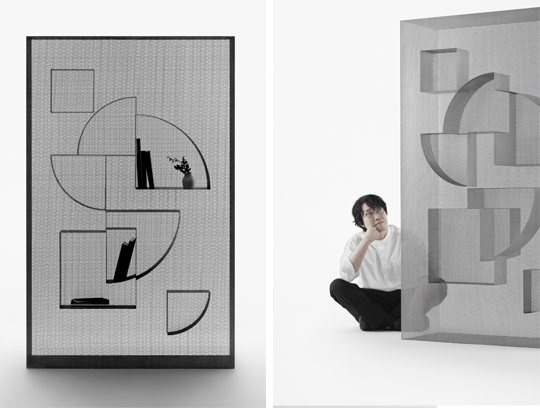
Passing rain – whispers of nature
“Rain streaks” that appear as thin lines are expressed with mirror-finished stainless-steel rods of 2mm in diameter. The rods connect to the aluminum bowl and rain down to the mirrored base. Because the connection to the bowl is at an angle, a weld does not provide sufficient strength. Screws and adhesives were used together to secure the connections, and an inner layer of the bowl hides the screws. The base was welded from the back at the highest temperature that does not distort the plate, and the surface was mirror-finished to reflect the rain. Among the five bowls, the one expressing “initial raindrops” has the least number of supporting rods, making it the most difficult to construct.
Through an action akin to taking “still frames” of a passing rain, the design entraps the passage of time into objects.
Clustered clouds – Translucent shelves in the form of clustered cloud
From afar, clouds in the sky look like white volumes. From an airplane or a mountaintop, however, when clouds are experienced from within, they become a hazy, translucent landscape. The ambiguity of the cloud, somewhere between “volume” and “haze,” was interpreted as a “cluster of translucency” and led to the design of four shelves. Made of stainless perforated metal, the balance between its thickness and amount of perforation was designed as just enough for the material to be perceived. Where the metal overlaps, a moiré pattern emerges, creating visual noise. To minimize the effect of the moiré, the direction of the perforation alignment was rotated by 30 degrees in the back panel based on the result of digital simulations. The process of excavating geometric forms from rectangular volumes creates voids within other voids, giving “volume of emptiness” for a truly cloud-like design.
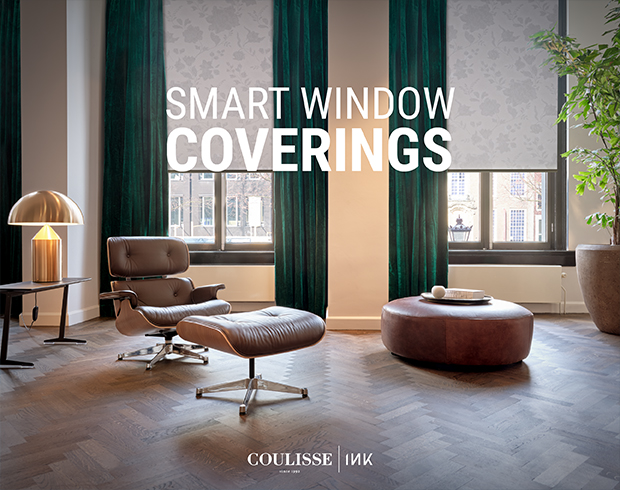
Presented by Coulisse | INK
Depth of soil – terrazzo with varying “depths”, expressing the accumulation of time
In the layers of earth that appear along a cliff, or that appear when digging into the ground, long dormant rock and fossils show their faces. Looking deep into the soil means looking far into the past. This can be understood as the state of “time” being equatable with “depth.” The collection is built around the theme of “depth that expresses time.” First, the base of the collection, the terrazzo, was designed, using transparent laser-cut acrylic pieces as the aggregate. The pieces were individually dyed and adhered into six-layer stacks, and different proportions of dyed and clear layers in the stacks created a sense of depth in each piece as well as the overlap between pieces. In order for the sense of depth to be perceived on the surface, the pieces were placed in a gradient pattern. Here and there, motifs evocative of ammonites and trilobites, or fossils of plants and fish were added. Resin plaster was poured as the last step, and the product is finished once it is hardened and polished.
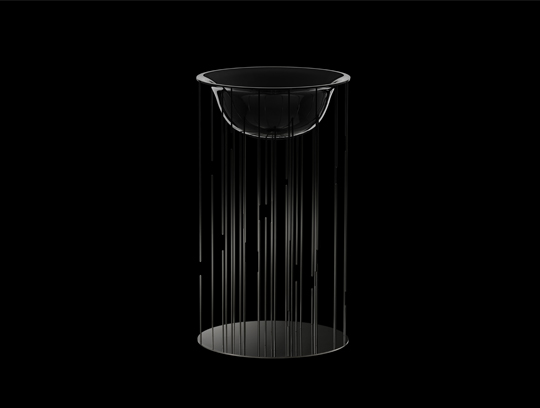
Passing rain – whispers of nature
The terrazzo was used to produce three tables and chairs in forms inspired by ammonites. By expressing the varied depth of aggregate pieces lying within each body, the design allows the user to sense the “aggregation of time. ”
Light and shade – mold and cast in the relationship of light and shadow
Light creates shadows. Conversely, it can be said that shadows allow the perception of light. From a desire to express this complementary relationship through objects, focus was given to the cast and the mold. Normally, the cast is the object of interest and the mold that produced it is hidden from the audience. This collection aims to treat the cast and the mold as objects of equal importance.
The mold of one chair becomes another chair. Another mold becomes the base of a table, while its cast acts as a stool. Each item serves its own unique purpose. For the lamp, shelf, or clock, “molds” and “casts” are joined to have a single utility, yet in varied relationships. The steel “molds” are finished with a slightly translucent black coating to maintain the metal’s materiality, and the “casts” on the other hand, are finished with a matte white acrylic resin. The contrasting materiality is intended to enhance the expression of light versus shadow.
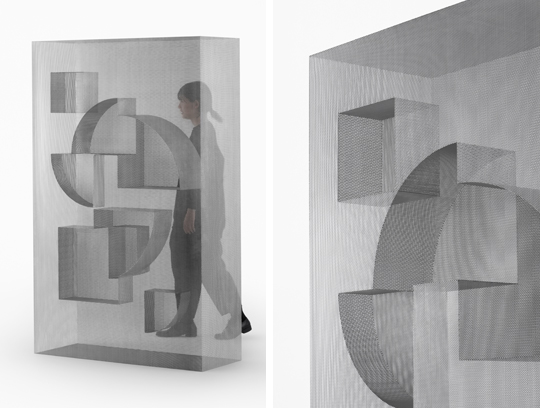
Clustered clouds – whispers of nature
Pond dipping – textile patterns born from the “dip”
When plants in ponds and swamps absorb water and mud, the parts that were submerged discolour; this is like “dying of the natural world.”
As opposed to modern textile methods, where uniformly dyed threads are woven together, different weaves are used to produce patterns, or printing is applied to transfer dyes, the design aimed to create textile patterns through the simple act of “dipping.” First, thread is wrapped around a cylindrical tube, and half of the spool is dipped in black dye. Unwinding the spool revealed that the thread alternates in color between dyed black and undyed white. When the thread was used to weave a textile, a striped pattern was born.
Repeating the same process with spools of different sizes, it was discovered that the gradual slippage between the frequency of the dye and that of the weave would produce different textile patterns. Additionally, if they are dipped at an angle or in two portions, totally new expressions emerge, like checkered patterns and gradation.
Japan has historically had a weaving culture called “kasuri-ori,” in which threads are partially masked during dying to produce a faded effect when woven.
Compared to this traditional dying process based on careful planning, the relevant design, whose expression depends only on a dipping angle and spool thickness, could be considered a more primitive method. The resulting patterns might be interpreted in relation to “patterns of nature.”
 1.05K
03/07/2025
1.05K
03/07/2025
DARE TO LISTEN! JBL FESTIVAL SIAP MENGGUNCANG JAKARTA – 13 SEPTEMBER 2025
Dare to Listen! JBL Festival Siap Mengguncang Jakarta pada tanggal 13 September 2025 dengan kehadiran musisi papan atas: Slank, Ari Lasso, Tiara Andini,...
read more 826
03/07/2025
826
03/07/2025
CIERRE1972 (2025 COLLECTION) - COLLECTION25: PART 1
The 2025 Collection by Cierre1972, which was on display at Salone del Mobile 2025, combined Italian craftsmanship with a global appeal through its bold...
read more 12.09K
17/06/2025
12.09K
17/06/2025
JAIPUR RUGS X PETER D’ASCOLI PRESENTS THE GILDED AGE COLLECTION (2025)
The Gilded Age collection by Jaipur Rugs X Peter D’Ascoli channels the decadent glamour of 19th-century design into bold, hand-knotted rugs that exude...
read more 10.83K
12/06/2025
10.83K
12/06/2025
MOLTENI&C 2025 COLLECTION – THE COLLECTION BY YABU PUSHELBERG, GAMFRATESI, UNIFOR X LSM
MOLTENI&C 2025 COLLECTION – THE COLLECTION BY Yabu Pushelberg, GamFratesi, UniFor x LSM
read more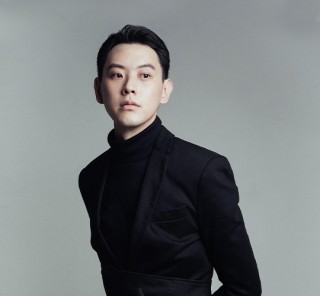 74.62K
10/01/2025
74.62K
10/01/2025
W RESIDENCE IN SOUTH JAKARTA BY MICHAEL CHANDRA
Michael Chandra, founder of MNCO Studio Design has created the W Residence with an aesthetically pleasing, practical, and pleasant home from all...
read more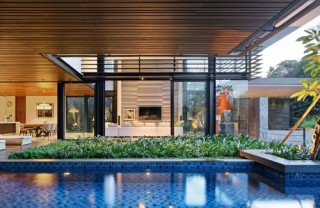 33.43K
16/05/2017
33.43K
16/05/2017
A Spellbinding Dwelling
Rumah milik desainer fashion Sally Koeswanto, The Dharmawangsa kreasi dari Alex Bayusaputro meraih penghargaan prestisius Silver A’ Design Award 2017.
read more



